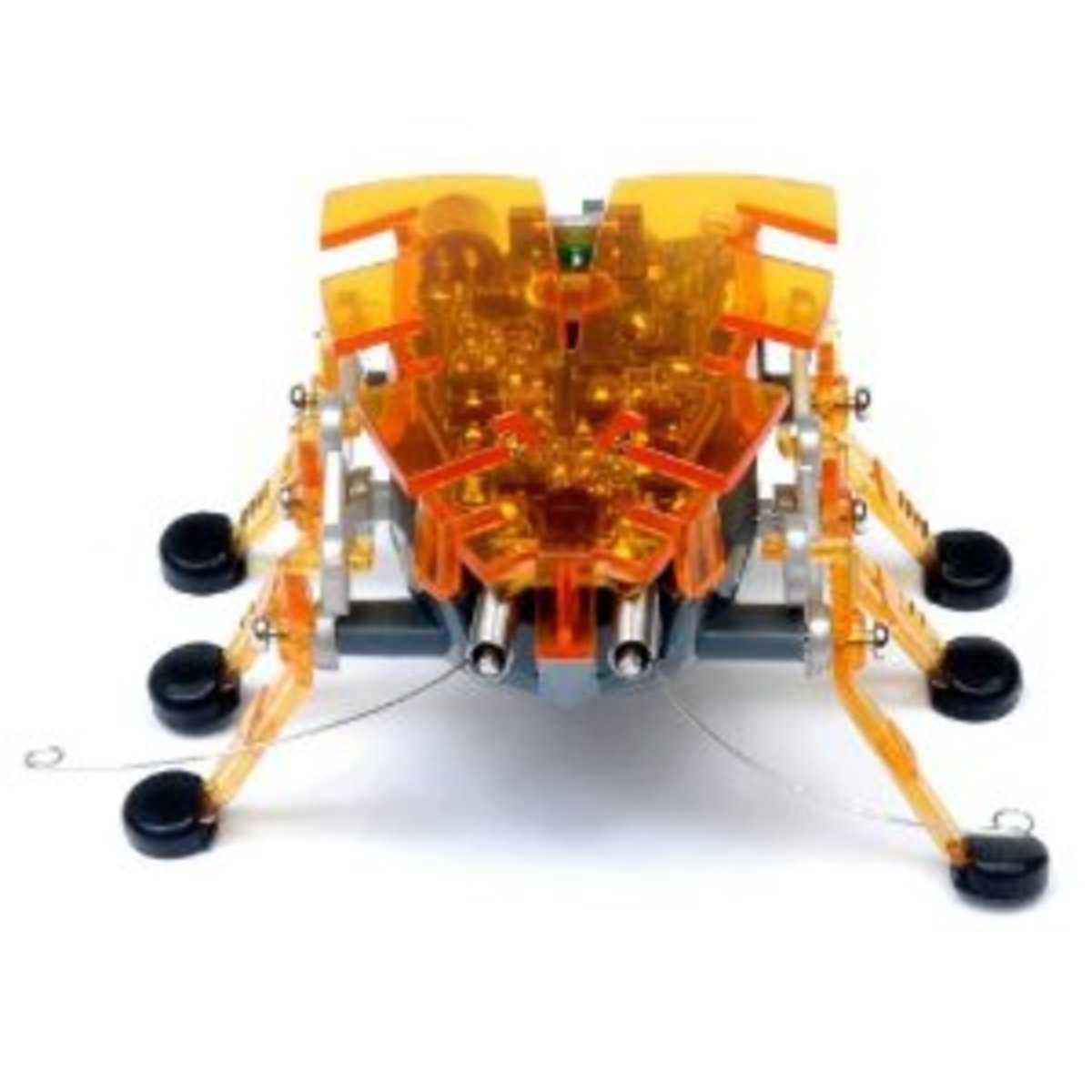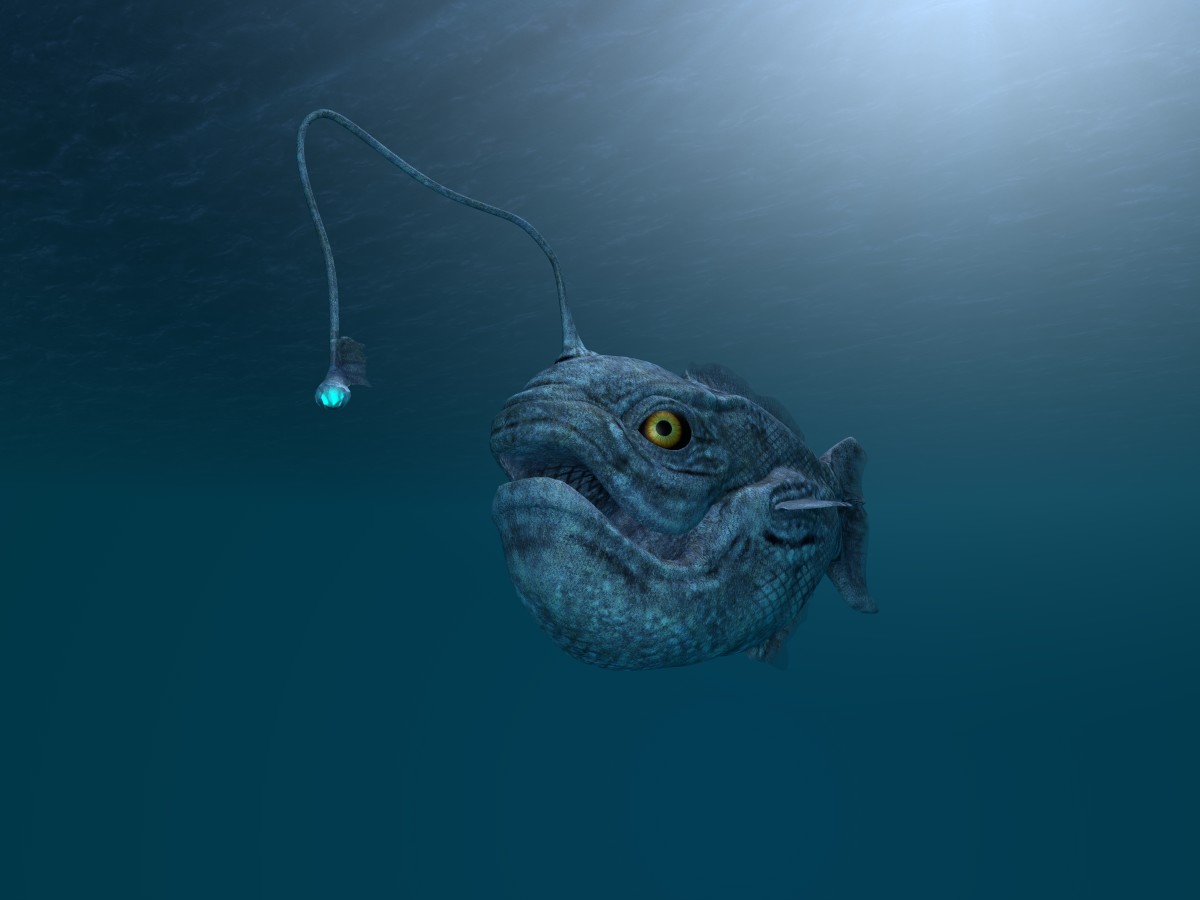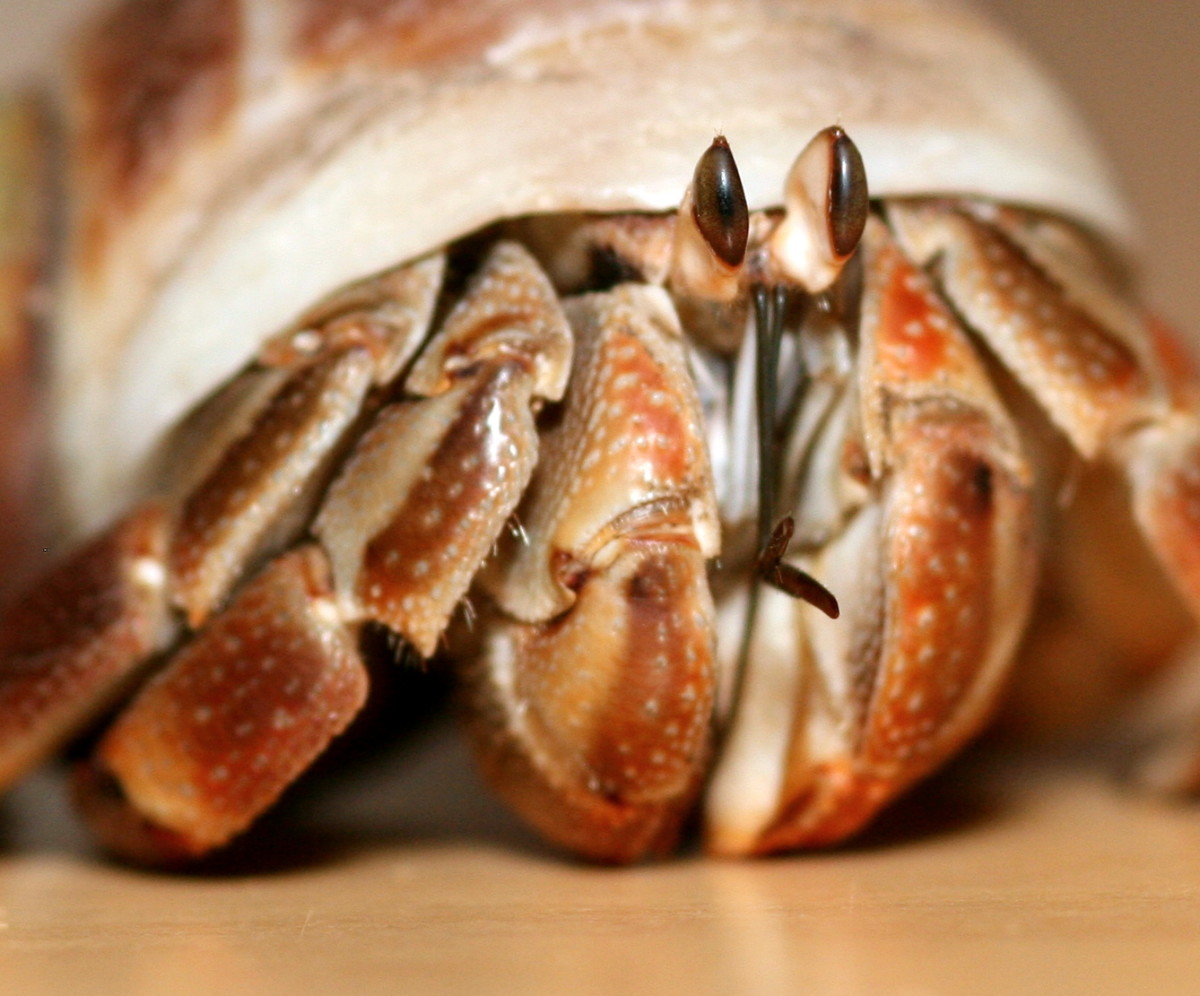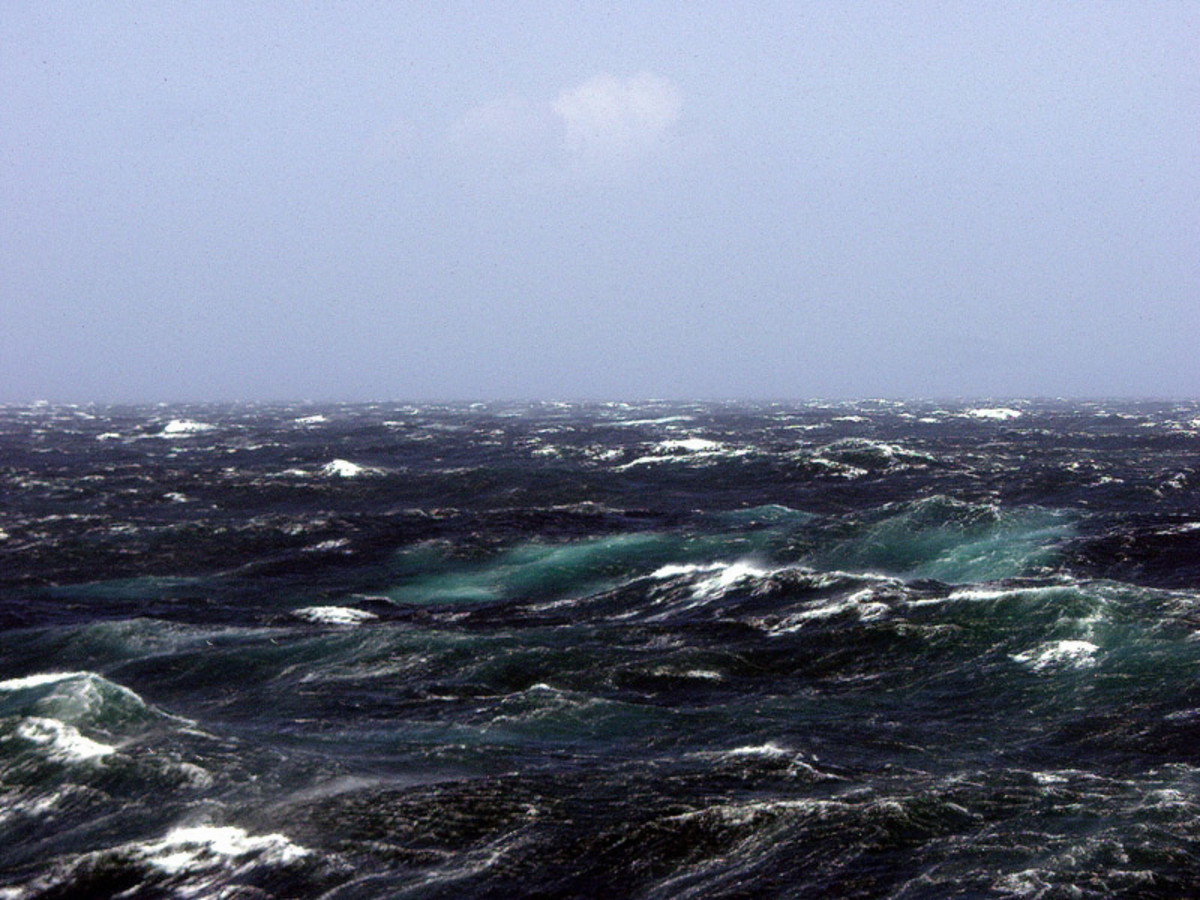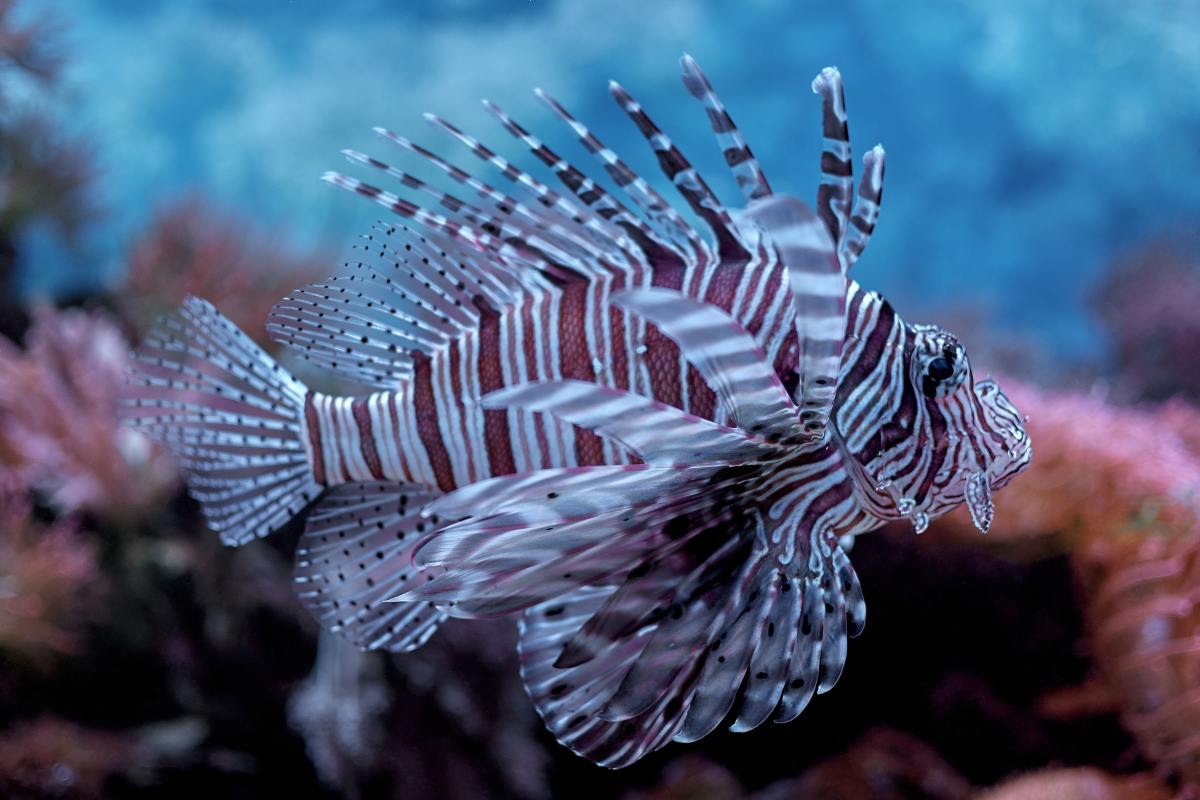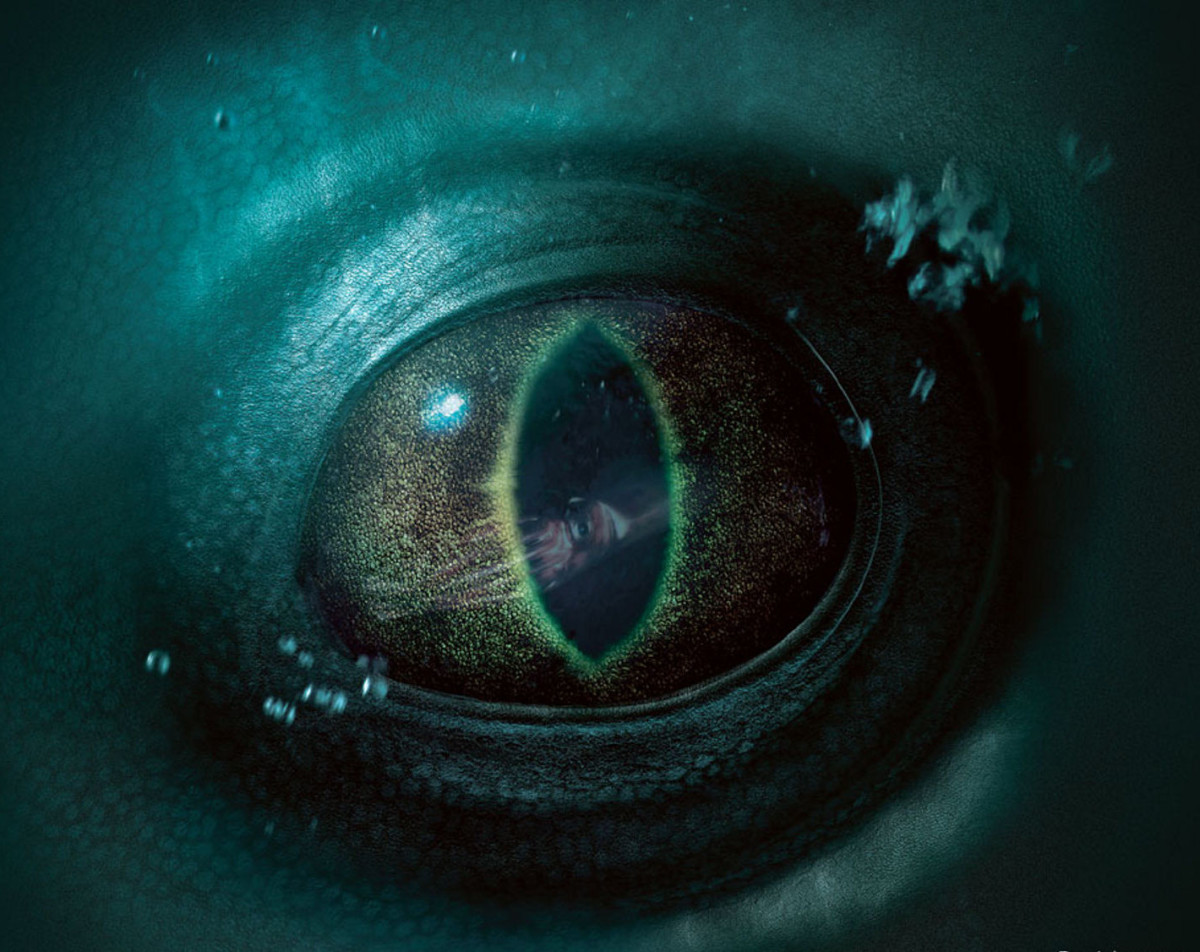Amazing sea creatures: Japanese spider crab

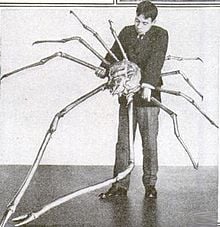
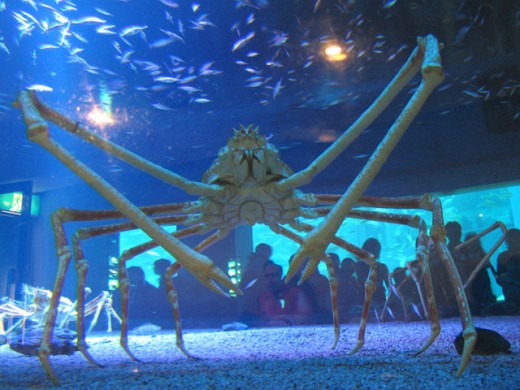
Japanese spider crab
The japanese spider crab (Macrocheira kaempferi) is one of the oceans most monsterlike creatures. The long legs it has make it look like it just stepped out of a horror movie. It gets its monstrous looks from the 8 long legs and 2 long feeding arms. It was first found in 1836 by Coenraad Jacob Temminck. As the name implies the spider crab can be found off the coast of Japan. It lives at a depth of about 350 meters, but they have been found as deep as 600 meters. The crabs prefer to live in holes, but with their size it is not always an easy task to find one so many will be roaming across the ocean floor. The span width of a Japanese spider crab can reach 4 meters, and the can weigh up to 20 kilograms. The spider crab can reach an age of about 100 years.
Feeding behavior
The spider crab feeds on corpses of dead animals it finds on the ocean floor and on shellfish which it cracks with its pinchers. It grabs a seashell with one of its pinchers and pinches it with so much force it breaks, then the crab can get to the animal within the shell and eat it. But the omnivorous crabs are also known to eat algae and water plants. Because the Japanese spider crab moves slowly it is an easy prey for its predators. The only real protection it has is its hard exoskeleton and its pinchers. Some Japanese spider crabs attach sea sponges and anemones to themselves as camouflage and protection. Predators of the spider crab are not well known but it is believed to be (very) big fishes, octopuses and sometimes other (larger) spider crabs.
The biggest known spider crab: Crabzilla
Crabzilla
The largest known Japanese spider crab is 4 meters wide and goes by the name of Crabzilla. This 40 year old spider crab travels all around the world to different aquaria and is a big crowd-puller.
Sex differences
The male Japanese spider crabs are the ones with the large feeding arms (or chelipeds), the females chelipeds are much smaller because they do not develop like they do with the males. Also the females have relatively bigger pincher on their chelipeds.
Juveniles
The juveniles of the Japanese spider crab do not look like the adults, they start of as larvae which are zooplankton (very small sea animals). In the next stage the juveniles look like “normal” crabs, at least for the size of their legs compared to their carapace. Their whole exoskeleton is also covered with hairs and thorns. When they grow to become adults, the carapace decreases a bit in size and the legs grow long. They also lose the hairs and thorns on their exoskeleton.
Other amazing sea creatures
- Mimic octopus
This master of disguise mimics the looks and behavior of other sea creatures! - Nature's amazing events: Christmas island red crab migration
One of nature's greatest events is the Christmas island red crab migration which occurs every year around October/November. Information and images of the red crab migration. - Moray eel
The moray has some unique characteristics next to its vicious looks which make this animal truly amazing - Life Under the Ice
So much surprises can be found in the sub-zero waters underneath thick ice sheets! - Seahorse
This creature does not only look different, but also has some unnatural behavior...

